Summary: Historic Sites In Michigan
Historic Sites In Michigan. More Than Just Parks has 10 incredible must-see sites for you to visit.
I’ve been to so many of these amazing places since retiring from teaching in 2018. Did I mention that I taught history? I spent a lifetime teaching about the history behind these momentous sites. Then I got to see them firsthand. And now I’m sharing the stories of these incredible places with you. It doesn’t get any better than that!
I’m going to give you my list of the 10 Historic Sites In Michigan that you’ll want to see.
To be clear, this list includes national park sites (as in sites managed by the National Park Service) as opposed to national parks. It also includes sites not managed by the National Park Service. After all, we’re more than just parks!
If you are planning a trip to Michigan then you might want to pick up a copy of Michigan Bucket List Adventure Guide: Explore 100 Offbeat Destinations You Must Visit! It’s written by Sean Homes.
Without further ado, let’s dive in.
Table Of Contents: Historic Sites In Michigan
Top 10 Historic Sites In Michigan
10. Tibbits Opera House
Michigan is known for the home of the automobile industry, beautiful Great Lakes shorelines, and a bustling college town atmosphere. It’s also home to some amazing historic sites. More Than Just Parks has the Top 10 Historic Sites in Michigan for you to see.
We kick off our list at #10 with the Tibbits Opera House.
The Tibbits Opera House is a historic theater located in Coldwater, Michigan. It was constructed in 1882 and has been in continuous operation since then, making it one of the oldest and most well-known theaters in the state of Michigan. The theater has a capacity of 500 seats and features an art gallery and gift shop.
In 2012, the theater underwent a complete restoration effort to preserve its historical integrity and improve its facilities. The parking lot has also been recently repaved to accommodate additional traffic, making it more accessible to visitors.
The theater features a mural by Disney artist Alfred Pike and offers tours by appointment, allowing visitors to learn about the history and architecture of the theater, as well as the various events and productions that have taken place there over the years.
The Tibbits Opera House is a cultural and historical treasure in Coldwater, Michigan and continues to be a popular destination for theater enthusiasts and history buffs.
9. Windemere
At #9 on our list of the Best Historic Sites In Michigan is a place which honors a literary legend. It’s Windemere, also known as The Ernest Hemingway Cottage, is a historic cottage located on Walloon Lake near Traverse City, Michigan.
The cottage was built in 1904 by Ernest Hemingway’s father and it was where Ernest Hemingway spent many of his summers until he turned 21. It is believed that Hemingway’s time in Michigan both sparked his love of the outdoors and provided inspiration for his short stories, such as “The Big Two-Hearted River.”
It was declared a National Historic Landmark in 1968, and it is now open to the public for tours by appointment. Visitors can learn about the history of the cottage, the Hemingway family, and the impact that Hemingway’s time in Michigan had on his literary career.
The cottage has been preserved to look as it did when Hemingway lived there, and visitors can see original family furnishings, photographs, and other Hemingway memorabilia.
Windemere is a unique and important piece of literary history, and it offers visitors the opportunity to learn more about Ernest Hemingway’s life and work, as well as the role that Michigan played in shaping his writing.
It’s a must-visit destination for literature enthusiasts and fans of Ernest Hemingway.
8. Alden Dow House & Studio
Imagine a place that’s designed to engage the imagination and elicit emotional responses in all who experience this powerful statement of Mid-Twentieth Century Modern architecture. Actually, you don’t have to imagine it. You can go there.
At #8 on our list of the Best Historic Sites In Michigan is the Alden B. Dow House and Studio.
The Alden B. Dow House and Studio is a historic house and architectural studio located in Midland, Michigan.
It was designed and built by Alden B. Dow, a prominent architect and designer who is considered by many to be in the same league as Frank Lloyd Wright. Dow’s house was built in 1932 and is considered one of the most significant examples of Dow’s work.
One Of The 25 Best Historic Homes In America
The house is considered one of the 25 “Best Historic Homes in America” by Traditional Home magazine and it is located near the Dow Gardens, providing visitors with the opportunity to see beautiful architecture and natural beauty in one place.
The house features a unique blend of modern design elements and natural materials and it is a great place to learn about the work of Alden B. Dow and the mid-century modern architecture movement.
Visitors can take a tour of the house and studio to learn about the history and design of the house, as well as the life and work of Alden B. Dow. The tour may include the interior of the house, the studio and the gardens.
It’s a great place for architecture enthusiasts, history buffs, and those interested in learning more about the work of Alden B. Dow and his contributions to the world of architecture.
7. Norton Mound Group
If you enjoy ancient history then our next site is for you. At #7 on our list of the Best Historic Sites In Michigan is the Norton Mound Group.
The Norton Mound Group is a collection of ancient mounds located in Michigan. The mounds were built by the Hopewell culture, a pre-Columbian indigenous people who lived in the area around 2,000 years ago.
The Norton Mound Group is considered to be one of the most important and best-preserved Hopewell mounds in the western Great Lakes region and it was formerly home to over 40 mounds.
Although some of the mounds have been excavated over the years, many artifacts, such as grave offerings and other cultural items have been discovered, providing valuable insights into the lives and culture of the Hopewell people. The mounds also offer insight into how the mounds themselves were constructed.
The site is not currently accessible to the public, and it’s currently under threat from erosion and flooding, as well as nearby development.
Despite this, it is still considered one of the most important historical sites in Michigan and it is an important part of the state’s cultural heritage.
6. Shrine Of The Pines
Our next historic site is accessible and a must-see if you’re interested in unusual furniture. At #6 on our list of the Best Historic Sites In Michigan is the Shrine of the Pines.
The Shrine of the Pines is a unique and historic attraction located in the town of Baldwin, Michigan. It is a rustic, log cabin-style building constructed by a local resident named Raymond W. Overholzer, who was a skilled woodworker and artisan.
Overholzer built the cabin between 1932 and 1942. He fashioned beds, chairs, chandeliers, and a dining room table made from a 700 pound stump without using metal fasteners.
The Shrine of the Pines was originally built as a personal residence for Overholzer, but he eventually opened it up to the public as a tourist attraction.
Today It Features Overholzer’s Incredible Craftmanship
Today, it is a museum and art gallery that features Overholzer’s incredible craftsmanship and artistic vision. Visitors to the Shrine of the Pines can see a variety of hand-carved wood sculptures, including intricate furniture, carvings, and decorative pieces.
The building itself is also a work of art, with a unique design that incorporates many natural elements. The exterior is made of logs, stones, and other rustic materials, while the interior features exposed wood beams, hand-carved doors and trim, and other intricate details.
The museum also contains a gift shop, where visitors can purchase handmade crafts, books, and other items related to the history and culture of the area.
Overall, the Shrine of the Pines is a fascinating and beautiful attraction that showcases the unique talents of one man and his vision for a rustic, handcrafted home. It is a must-see for anyone visiting the area and has become a beloved landmark of Michigan’s natural beauty and artistic heritage.
Top 5 Historic Sites In Michigan
5. River Raisin National Battlefield Park
We’re on to the Top 5 Historic Sites In Michigan. Our next site commemorates the January 1813 Battle of the River Raisin, which was a major conflict during the War of 1812 between American forces and British and Native American troops. Welcome to River Raisin National Battlefield Park.
The battle took place on January 22, 1813, when American forces led by General James Winchester were attacked by a combined force of British regulars and Native American warriors. The fighting was intense and lasted for several hours, with heavy casualties on both sides.
The Americans eventually surrendered, but many of the wounded were massacred by the Native Americans in what became known as the River Raisin Massacre.
The battle and subsequent massacre had a significant impact on the course of the War of 1812. It rallied American forces and increased public support for the war effort, while also leading to a greater determination on the part of the British and their allies to defeat the Americans.
In the years following the battle, the site of the River Raisin Massacre became a symbol of American sacrifice and bravery, and efforts were made to preserve and commemorate the site.
In 2009, the River Raisin National Battlefield Park was established as a unit of the National Park Service, with the mission of preserving and interpreting the history of the battle and the people who fought there.
Today, the park features a visitor center with exhibits and interactive displays that tell the story of the battle and its aftermath. Visitors can also explore the battlefield itself, which includes a reconstructed fort and a trail that leads to the site of the River Raisin Massacre.
RELATED: 10 BEST Revolutionary War Sites In America
Things To Do At River Raisin
At River Raisin, you have an opportunity to walk the hallowed grounds and final resting place for many of the fallen soldiers.
Visitors will see the historical markers while there. Southeast Michigan, believe it or not, witnessed the greatest defeat for the United States in the War of 1812.
It was here that the largest number of prisoners of war ever be taken by a foreign power from within the United States and the largest number of American soldiers killed during any single battle of the War of 1812 occurred.
The Battlefield is the site of the greatest victory for the largest Native Nation alliance ever assembled in the United States. They came to defend their lands against foreign invaders.
Their victory, however, ultimately led to their forced removal.
RELATED: 10 BEST Civil War Sites In America
Enjoy The River Raisin Heritage Trail
On a lighter note, the River Raisin Heritage Trail has eight miles of paved biking and hiking trails which provide scenic routes. Visitors can walk, run, cycle and/or in-line skate on this trails.
The trail connects major historic sites, state and local parks, nationally significant buildings and ecological features.
4. Fort Mackinac
We’re on to the “Final Four.” If you enjoy military history then our next site is a must-see. At #4 on our list of the Best Historic Sites In Michigan is Fort Mackinac.
Historic Fort Mackinac was founded during the American Revolution and was originally located at what is now Mackinaw City. However, due to its vulnerability to American attack, the British moved the fort to Mackinac Island in 1780.
The Americans took control of the fort in 1796. In July 1812, during the War of 1812, the British captured the fort in the first land engagement of the war in the United States. In 1814, the Americans attempted to retake the fort but failed in a bloody battle.
The fort was returned to the United States after the war and remained active until 1895. During these years, Mackinac Island underwent a transformation from a center of the fur trade to a major summer resort. The stone ramparts, south sally port, and Officer’s Stone Quarters are all part of the original fort that was built over 225 years ago.
The other buildings in the fort date from the late 1790s to 1885, and have been restored to how they looked during the final years of the fort’s occupation. Interpreters at the fort depict U.S. Army soldiers from this same period, dressed in distinctive Prussian-inspired uniforms.
Things To Do At The Fort
I recommend the following:
- Kids’ Quarters – It’s one of the newest exhibits at Fort Mackinac. The exhibit space features hands-on displays and interactive games that give visitors of all ages a look at what soldier and civilian life was like at Fort Mackinac.
- Post Hospital – Check out the “Military Medicine at Mackinac: 1780-1895” exhibit at Fort Mackinac’s Post Hospital.
- Guardhouse – A visit to the Guardhouse offers a glimpse into military justice at Fort Mackinac.
- Drill Program – The Drill Program invites visitors of all ages to participate in basic soldier drills on the Parade Ground at Fort Mackinac.
- Reading Room – Visitors can page through newspapers of the time or use interactive touch screens to scan through the kinds of periodicals that Fort Mackinac soldiers read. (Source: Fort Mackinac State Historic Park)
CHECK OUT: 6 BEAUTIFUL Michigan National Parks You Need To See
3. Motown Museum
It’s time to shift gears. One thing we strive to do at More Than Just Parks when we prepare our lists of historic sites is to find something for everyone. If you enjoy music then our next site if for you. At #3 on our list of the Best Historic Sites In Michigan is the Motown Museum.
The Motown Museum is a historic site located in Detroit, Michigan, which is dedicated to preserving and celebrating the legacy of Motown Records, one of the most influential music labels in history.
The museum is housed in the original headquarters of Motown Records, which was founded by Berry Gordy Jr. in 1959.
The Motown sound, which combined elements of R&B, soul, and pop music, quickly became incredibly popular and had a profound impact on American popular culture. Some of the most famous Motown artists include: The Supremes, Marvin Gaye, Stevie Wonder, and The Jackson 5.
The Motown Museum is housed in the modest two-story house where Berry Gordy Jr. started the label. The studio was located in the converted garage, which was where many of the famous Motown hits were recorded. In the early days, Gordy did everything himself, from writing and producing the songs to selling them to radio stations and record stores.
A Major Success & Cultural Icon
Over the years, Motown Records became a major success and a cultural icon, with a string of hits that defined the sound of the 1960s and beyond. The Motown Museum was established in 1985 to honor this legacy and provide a space where fans could learn about the history of the label and its artists.
Today, the museum is home to an extensive collection of Motown artifacts and memorabilia, including costumes, photographs, instruments, and other items related to the label’s history.
Visitors can take guided tours of the museum and see the original studio where many of the famous Motown hits were recorded.
The museum also hosts a range of special events, concerts, and educational programs throughout the year, and continues to be a beloved destination for fans of Motown music and American popular culture.
CHECK OUT: 20 BEST Black History Sites In America For You To See
2. Henry Ford Museum Of American Innovation
We’re on to the final two sites. When you think of Michigan what comes to mind? For most folks, it’s the automotive industry. In the runner-up spot at #2 is the Henry Ford Museum of American Innovation.
The Henry Ford Museum of American Innovation is a museum located in Dearborn, Michigan, that is dedicated to showcasing the history and impact of American innovation and technology.
The museum was founded by Henry Ford, the famous industrialist and founder of the Ford Motor Company, in 1929.
The museum’s collection includes a wide range of artifacts and exhibits related to American history and technology, including famous vehicles such as the Ford Model T and the Rosa Parks Bus, as well as other technological innovations such as the Wright Brothers’ airplane and the first Apple computer.
The Museum Offers A Wide Range Of Interactive Exhibits & Experiences
In addition to its extensive collection of artifacts, the Henry Ford Museum of American Innovation offers a range of interactive exhibits and experiences that allow visitors to explore and engage with the history of American innovation.
Visitors can actually ride in a Model T or a self-driving car, explore a replica of Thomas Edison’s laboratory, and learn about the history of American manufacturing.
The museum also offers educational programs, workshops, and events throughout the year, including summer camps, maker workshops, and special exhibitions.
1. Automotive Hall Of Fame
As the #1 Historic Site In Michigan, More Than Just Parks has selected the Automotive Hall of Fame.
The Automotive Hall of Fame is a museum and hall of fame located in Dearborn, Michigan, that celebrates the men and women whose innovations in the automotive industry have changed the world and revolutionized transportation.
It’s a museum that focuses on the history of the automobile and the hundreds of pioneers who made great contributions to the industry. Founded in 1939 at The World’s Fair, the museum was relocated to its current location adjacent to the Henry Ford Museum in 1971.
The museum houses cars, displays, and changing exhibits, and also includes the Hall of Honor, which features an 11-foot-high and 65-foot-long mural that depicts the impact of the motor vehicle on the world’s culture.
The mural is painted with 90 images, which showcase the contributions of individuals and companies to the development of the automotive industry and the role of the car in shaping modern society.
The Automotive Hall of Fame is a must-see destination for car enthusiasts, as well as anyone interested in the history of transportation and the impact of the automobile on the world.
Take A Deeper Dive
If you love cars and want to learn more about them then check out The Life of the Automobile: The Complete History of the Motor Car by Steven Parissien.
Readers learn the grand and turbulent history of the motor car, from its earliest appearance in the 1880s―as little more than a powered quadricycle―and the innovations of the early pioneer carmakers.
The author examines the advances of the interwar era, the Golden Age of the 1950s, and the iconic years of the 1960s to the decades of doubt and uncertainty following the oil crisis of 1973, the global mergers of the 1990s, the bailouts of the early twenty-first century, and the emergence of the electric car.
List Of Historic Sites In Michigan
- Automotive Hall Of Fame
- Henry Ford Museum Of American Innovation
- Motown Museum
- Fort Mackinac
- River Raisin National Battlefield Park
- Shrine Of The Pines
- Norton Mound Group
- Alden Dow House & Studio
- Windemere
- Tibbits Opera House
Why Trust Us About Historic Sites In Michigan?
We’re Jim Pattiz and Will Pattiz, collectively known as the Pattiz Brothers and we absolutely LOVE the national parks.
You should probably know that we don’t just make this stuff up out of thin air. We’ve spent our entire adult lives exploring and filming America’s national parks and public lands.
We’ve worked with the National Park Service, the Department of Interior, USDA, U.S. Forest Service, and more for years creating films on important places and issues. Our work has been featured in leading publications all over the world and even some people outside of our immediate family call us experts on the national parks.
And, in 2018, our father – having spent a lifetime teaching history – joined us so that he could help us to tell the stories behind these amazing places.
Meet The Parks Brothers
We Hope You’ll Follow Our Journey
Our goal here at More Than Just Parks is to share the beauty of America’s national parks and public lands through stunning short films in an effort to get Americans and the world to see the true value in land conservation.
We hope you’ll follow our journey through the parks and help us to keep them the incredible places that they are. If you’re interested in joining the adventure then please sign up below!
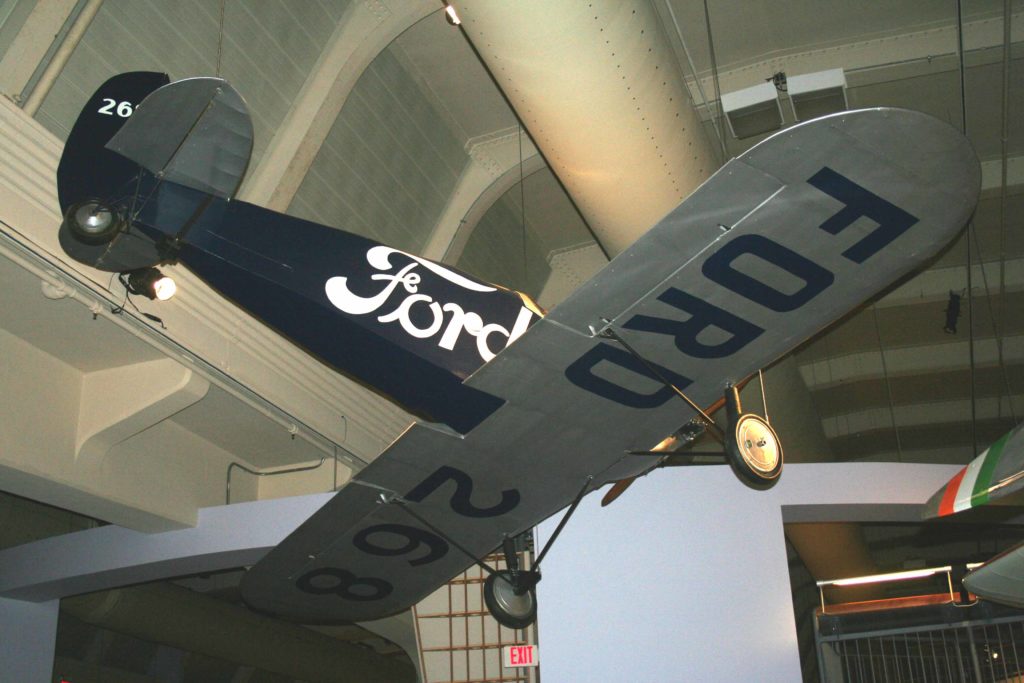
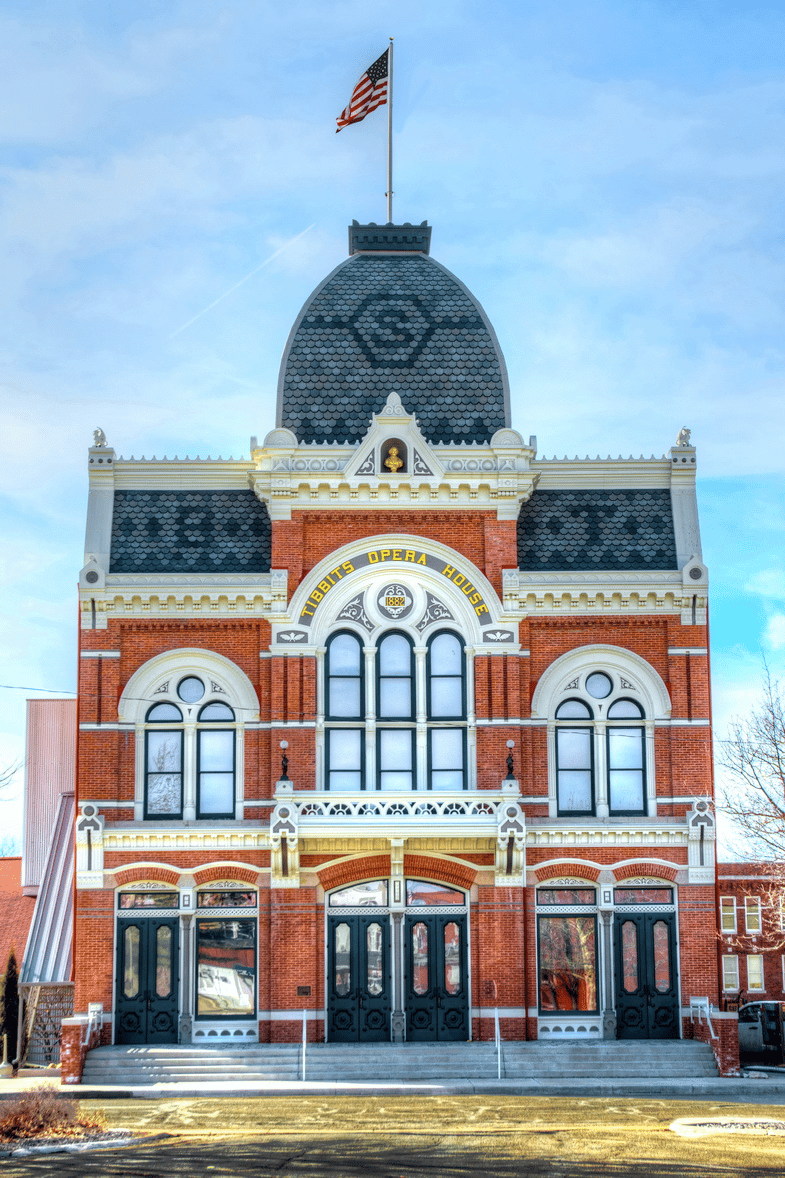
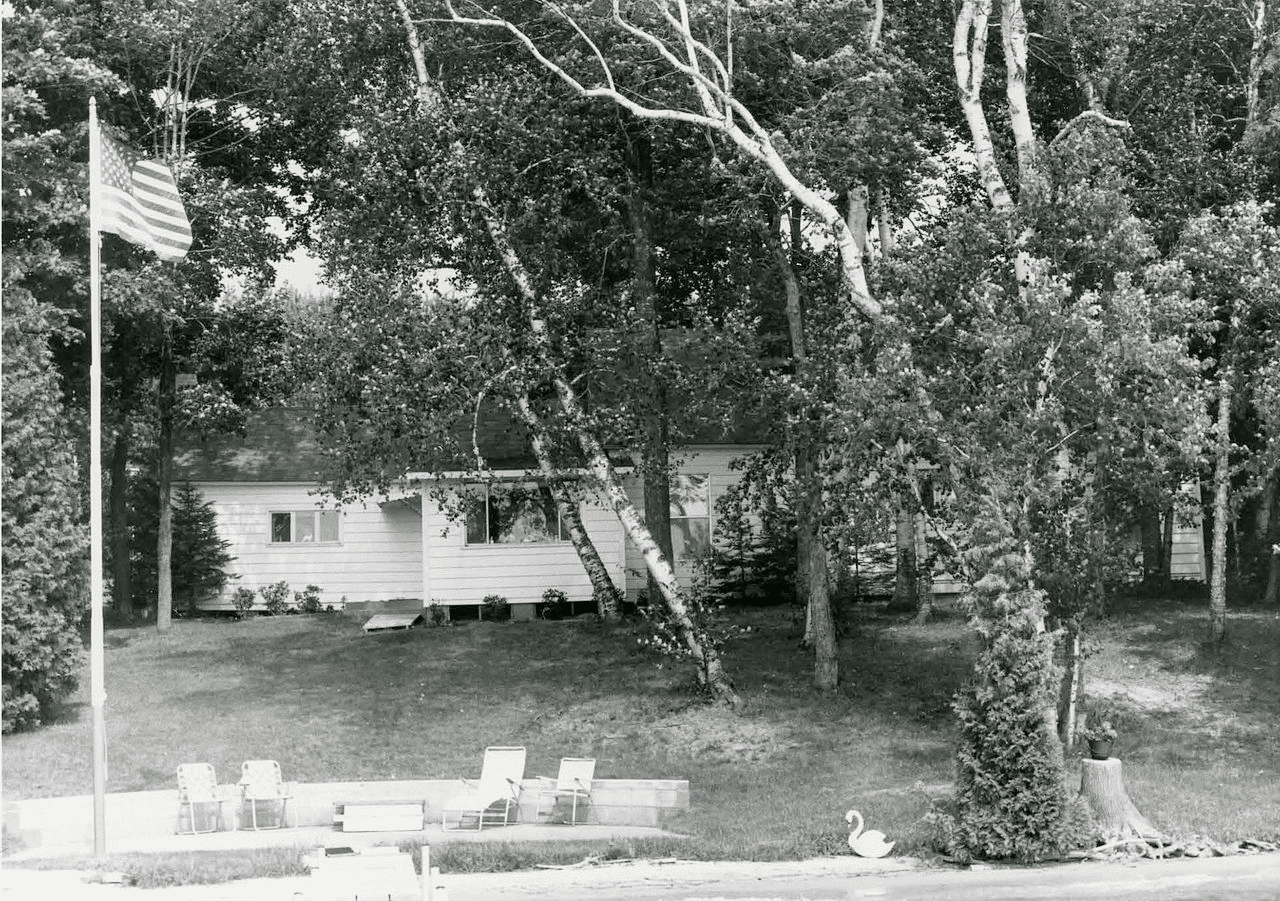
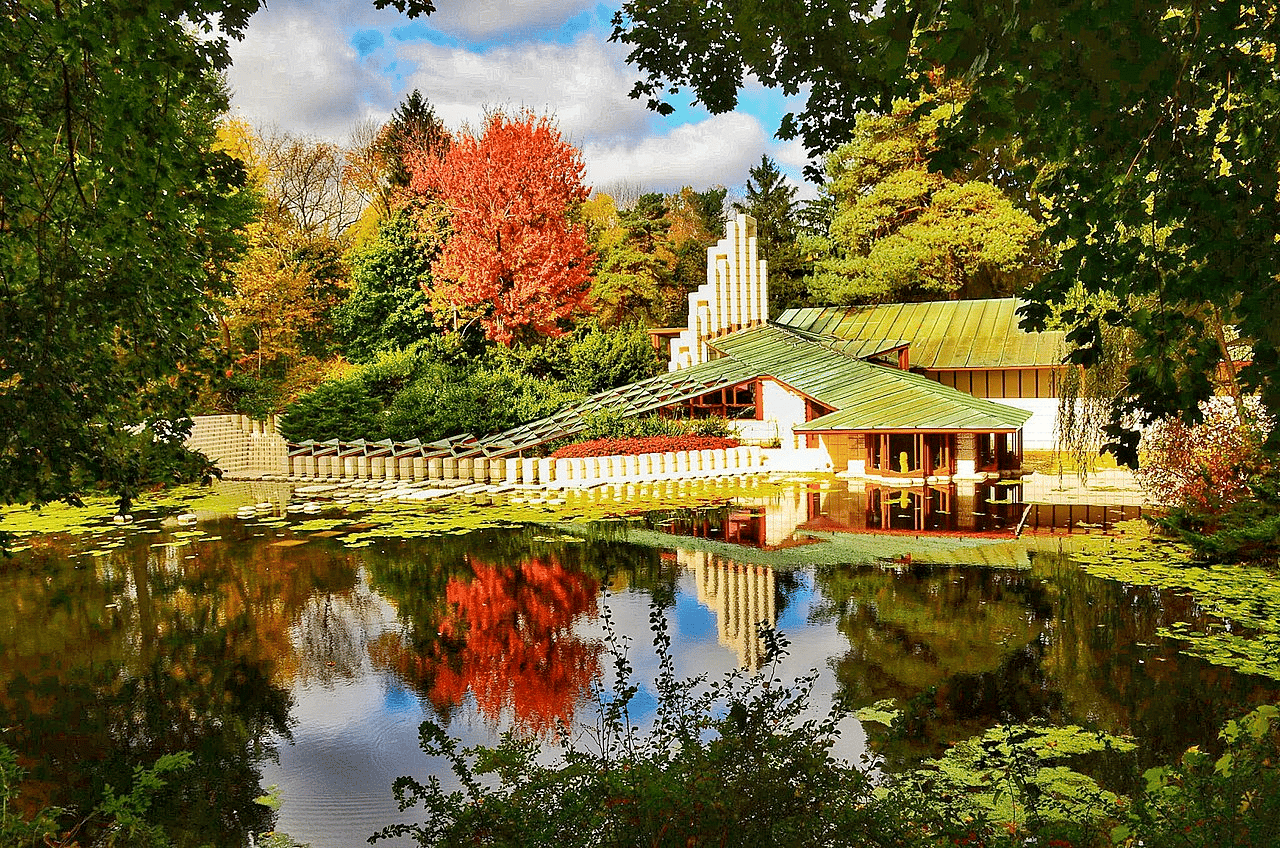

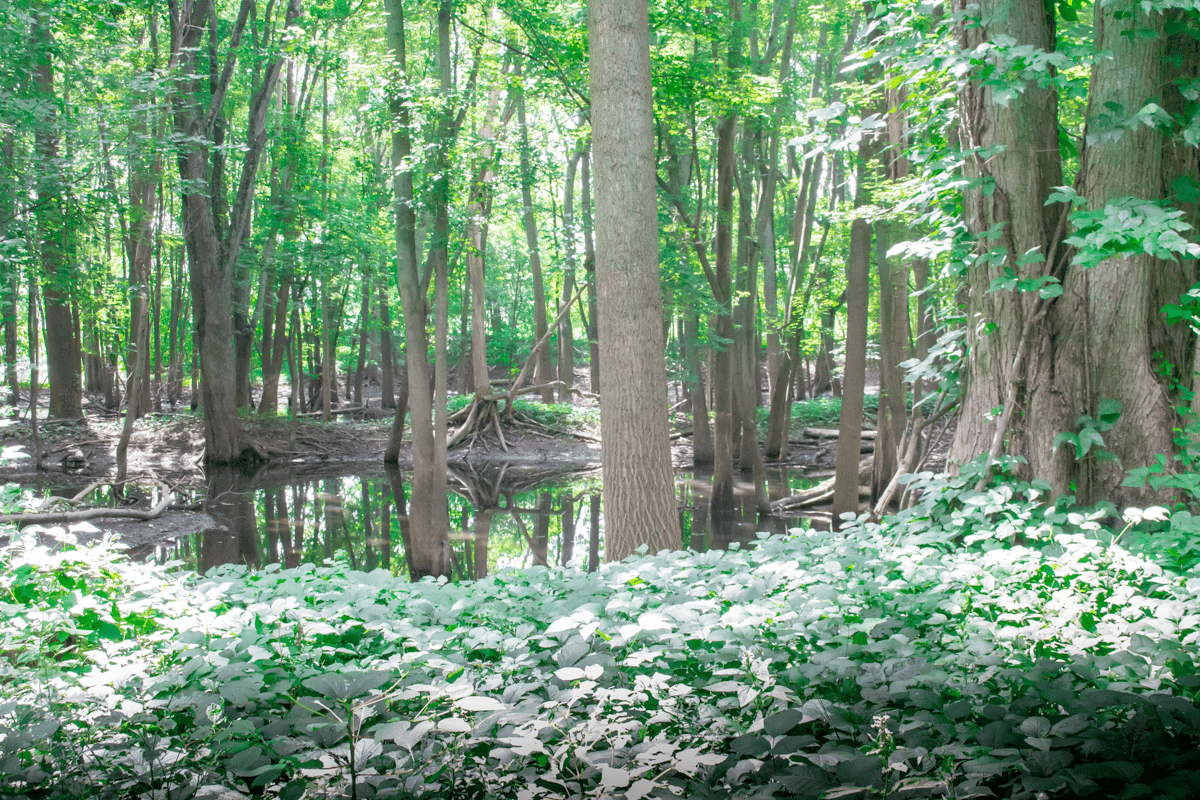
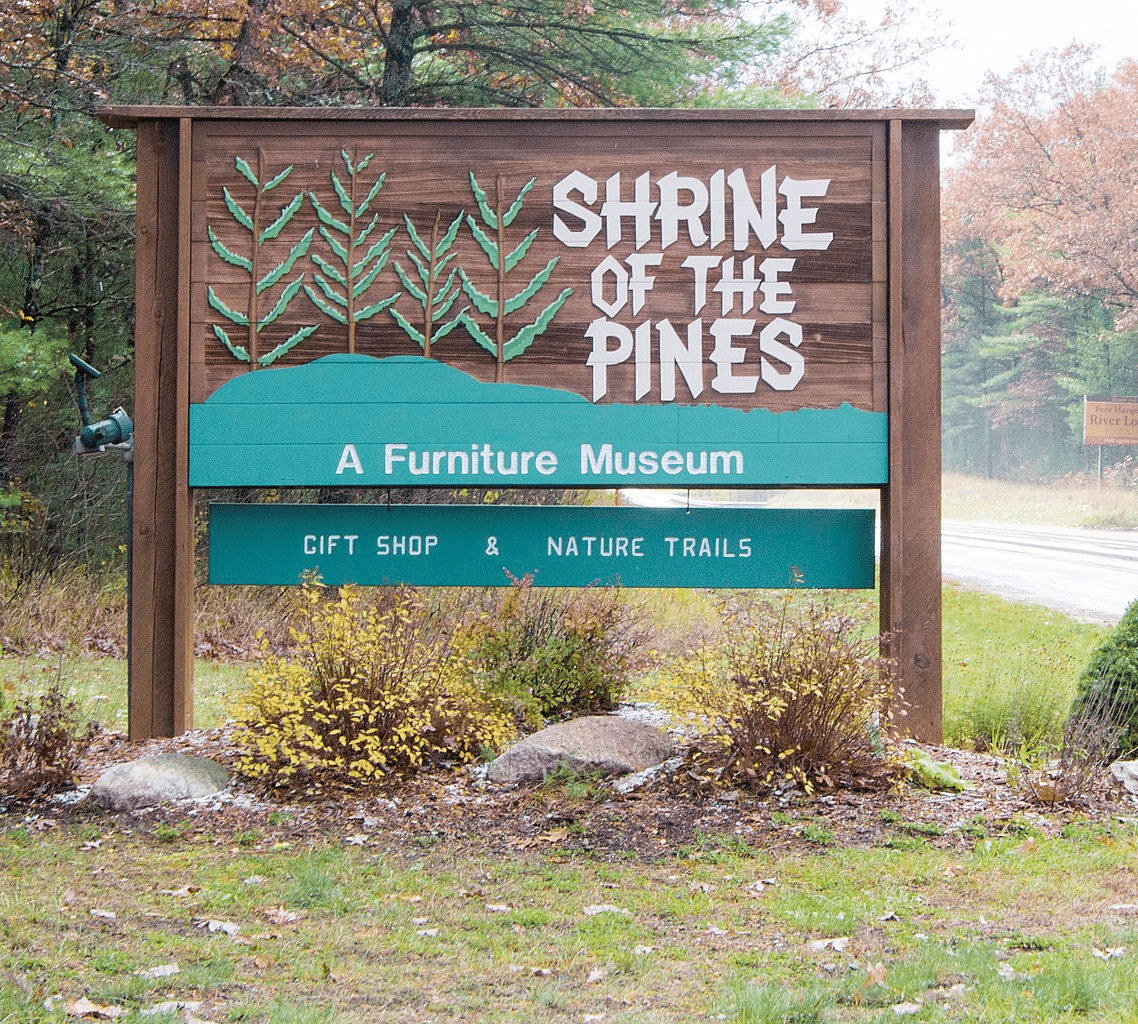
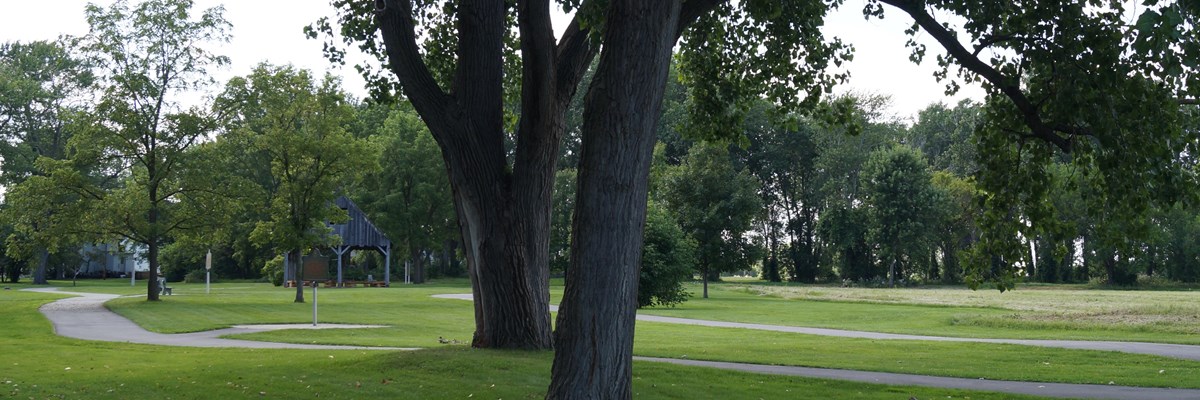


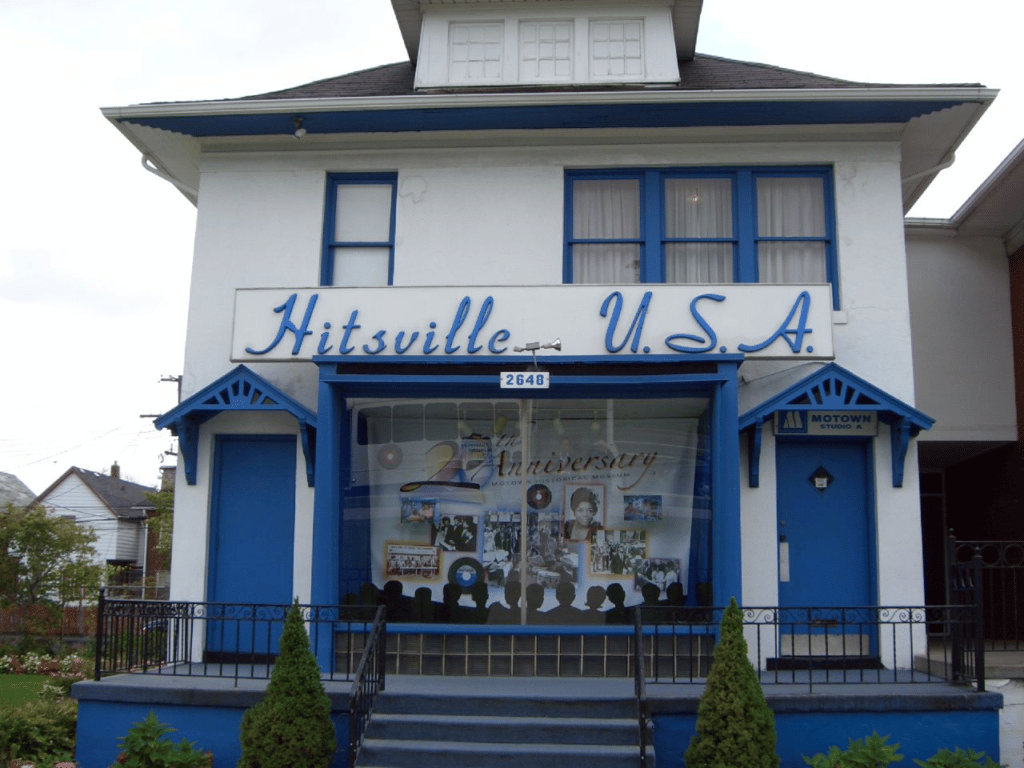
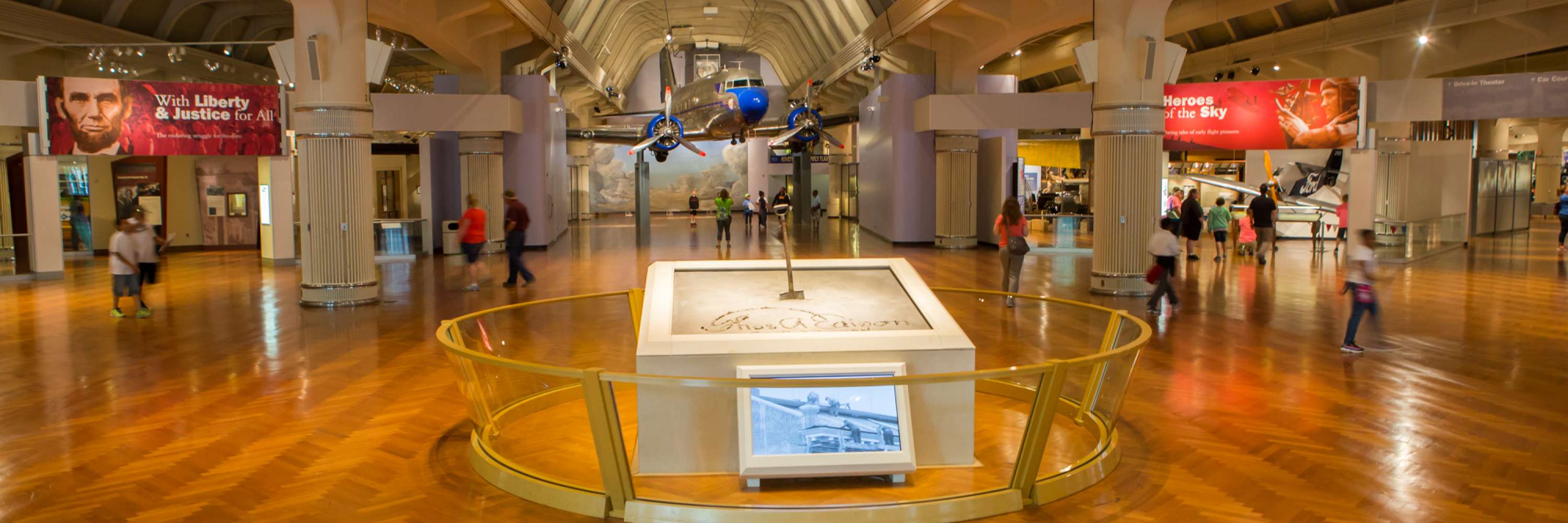
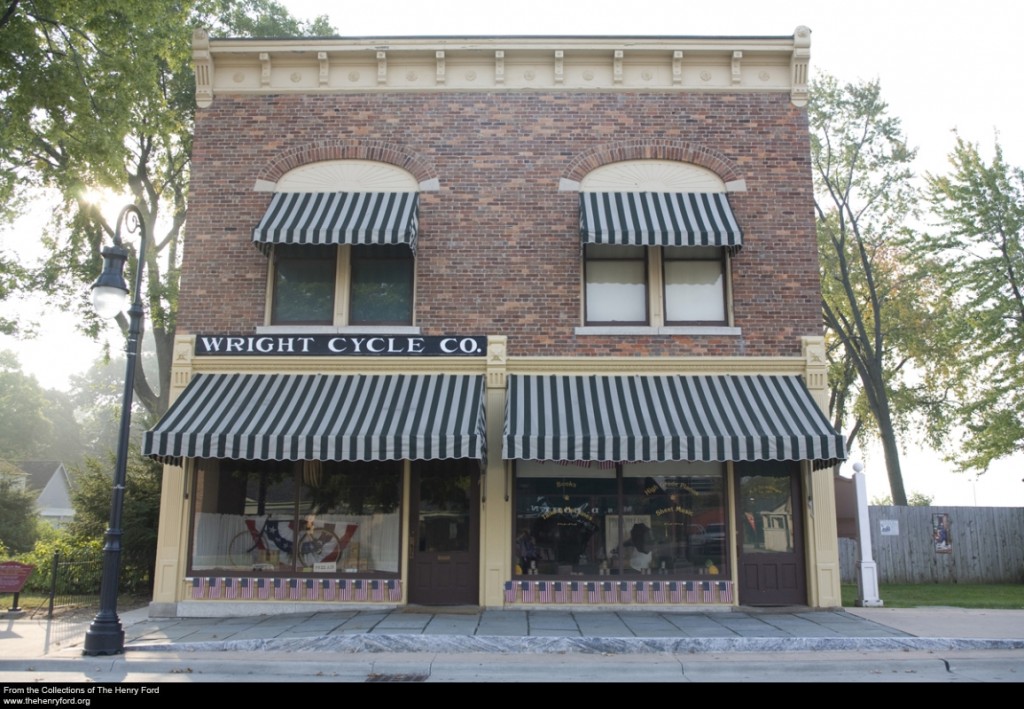
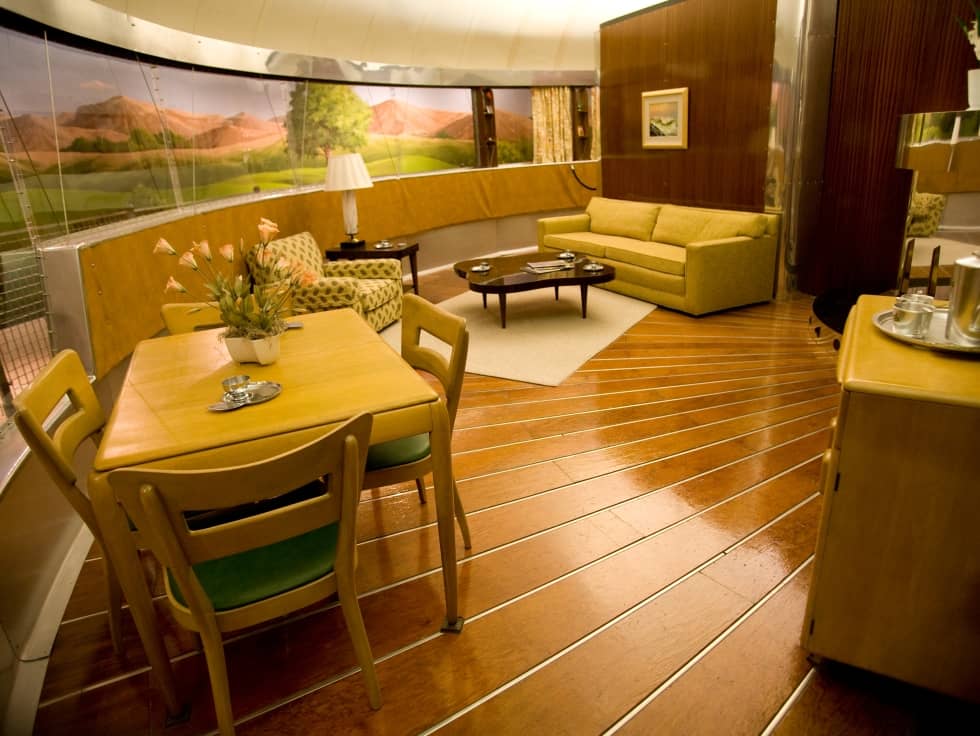

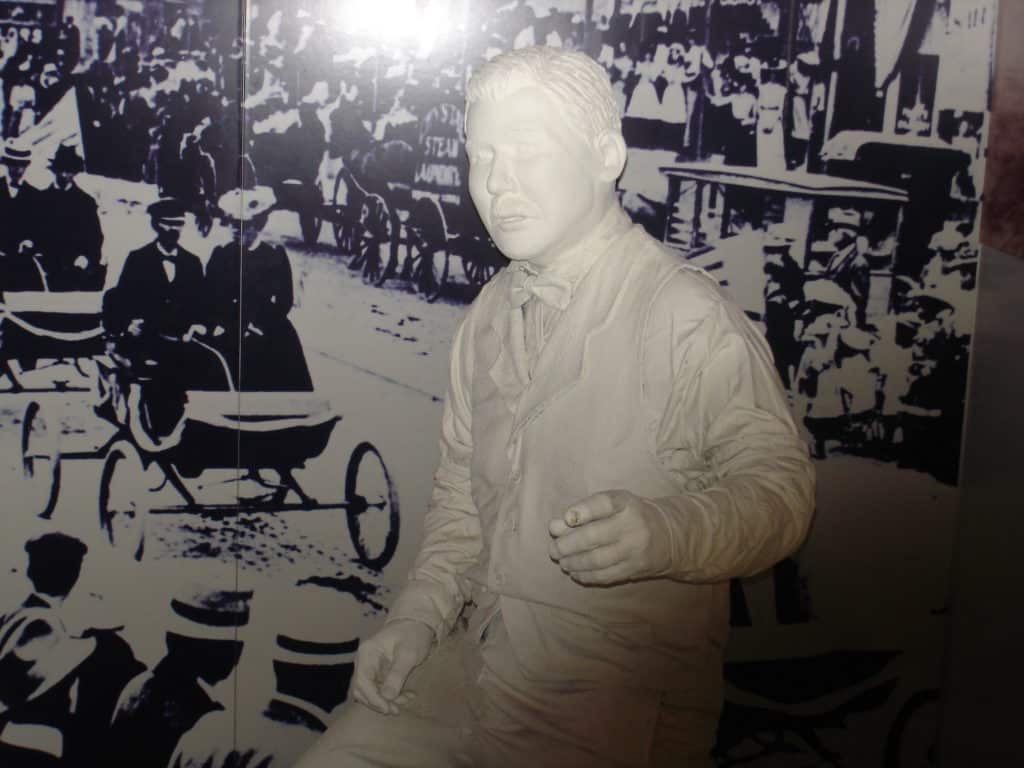

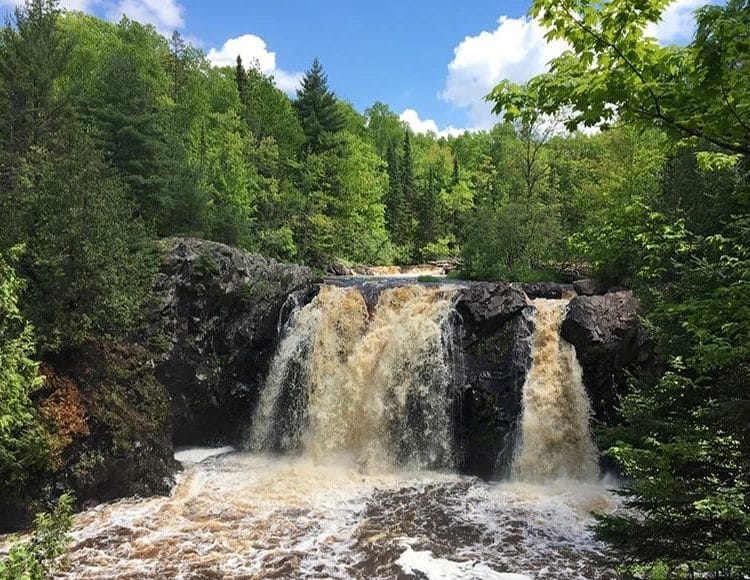




Leave a Reply